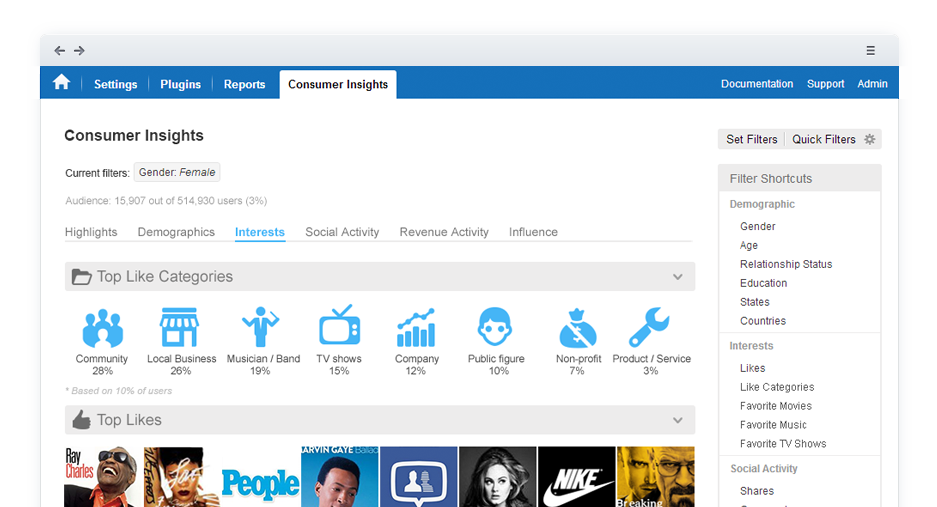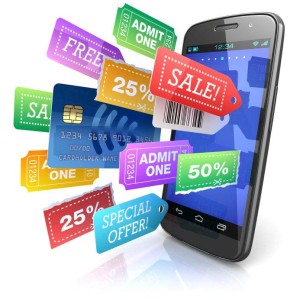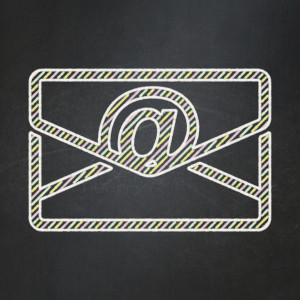The dynamic and efficiency of sales teams were changed forever with the introduction of sales force automation tools nearly two decades ago. Finally, organizations could have a robust system in place to manage relationships with clients and prospects, as well as track the progress of new deals and existing upsells.
These CRM platforms have been revolutionary for B2B businesses. Anxious to see the same results, B2C companies began to adopt and utilize the same tools as their B2B counterparts, but without the same level of success. Despite having the mutual objective of gaining a better understanding of their customers, B2B and B2C firms have very different technical and business requirements to achieve that goal.
For starters, a sales prospect for a B2B company that supplies graphics chips for laptop manufacturers is fundamentally different than a potential customer for a B2C company that sells women’s clothing and accessories. With such vastly different target audiences, how can both organizations possibly benefit from the same CRM tool? In addition to having much larger customer databases, B2C organizations must also take into consideration the breadth of unique consumer data available in today’s age of modern marketing and social identification.

Let’s touch on a few specific ways that B2C organizations require different functionality than what’s available from legacy CRM databases, and highlight how B2C firms can benefit from implementing a customer relationship management platform built for all the caveats of consumer identity and information.
Ability To Normalize Unstructured Data
One of the most effective ways for B2C businesses to connect with their customers is by letting site visitors self-identify using an existing online account. In fact, according to Gigya’s most recent Privacy and Personalization Survey, approximately 60 percent of U.S. consumers say they use social login “often” or “always” when given the option.
Not only does social authentication create a more streamlined and simple experience for consumers, but it also allows organizations to personalize business functions such as product recommendations and email communications by capturing permission-based, first-party social identity data. Digital Trends reports that 73 percent of consumers prefer to do business with brands that use personal information to make their shopping experiences more relevant.
However, without the ability to fully understand and take advantage of this data, businesses are missing valuable opportunities to drive lifetime customer value. Legacy CRM databases struggle to normalize social data and present information to B2C marketers in a way that makes it easy to take action.

While data fields such as “Name” and “Zip Code” may only have one corresponding entry, other fields available almost exclusively through unstructured social graph data such as “Likes,” “Life Events,” and “Followers” could have hundreds of applicable values. Legacy CRM tools often lack the technical architecture required to strategically manage and reconcile both structured and unstructured data.
B2C organizations need to implement a customer identity management solution that utilizes a dynamic-schema database to store and normalize unstructured identity data. An advanced dynamic-schema database has the power to collect both structured and unstructured data, and to reconcile said data into complete, dynamic user profiles. With complete customer profiles at their disposal, B2C marketers can easily create true 1:1 experiences by importing information into integrated marketing automation systems.
Ability To Consolidate Omni-Channel Data Points
As adoption for mobile devices and operating systems has skyrocketed in the last ten years, consumers have enjoyed the convenience of being able to do things on-the-go and across touchpoints. For example, an individual may check emails on a tablet, do some online shopping on a laptop, and then ultimately make a purchase on a smartphone. According to Business Insider, 32 percent of all online purchases are now made via mobile.
Tying all of these actions to a single customer identity is essential for businesses to create tailored, relevant experiences for their customer bases. Being able to recognize that a customer did not check out despite adding an item to his or her cart while shopping on a desktop is great. Being able to send that customer an email optimized for mobile that includes a 20 percent off coupon for the item and a link to purchase with one click can do wonders for conversion rates.

The vast majority of legacy CRM platforms, unfortunately, are not capable of recognizing these omni-channel data points and relaying them back to one user record. Without a customer identity management platform in place that can transfer logged in states and user data seamlessly across multiple channels, B2C organizations risk losing sales volume, and are passing up the lucrative opportunity to understand their customers on granular levels.
Though legacy CRM tools may be moderately serviceable for B2C organizations, in order to truly gain a competitive advantage and innovate the way they communicate with customers, B2C firms cannot continue to rely on technology designed to keep track of B2B sales prospects. According to a study conducted by Retail Systems Research, 54 percent of respondents cited not having a single view of the customer across channels as their biggest inhibitor. With a customer identity management solution in place designed for B2C marketers, achieving this single view is possible.
To learn more about how B2C firms are taking advantage of normalized social identity data, omni-channel experiences, and marketing technology, download our free eBook, “Achieving A Single Customer View: The Holy Grail for Marketers.”
(348)
Report Post







